Pinkerton Avocado
- November 22, 2023
- 0 comment
The Pinkerton avocado, a highly sought-after variety, stands out for its exceptional flavor, consistent production, and manageable tree size. Introduced in the 1970s, this avocado cultivar is known for its elongated pear shape, ranging from 8 to 18 ounces in weight. Its pebbled, medium-thick skin is a vibrant green and peels off effortlessly, revealing a smooth, creamy flesh with a high oil content. The Pinkerton’s flavor profile is characterized by its rich, nutty notes, making it a delightful addition to various culinary creations.
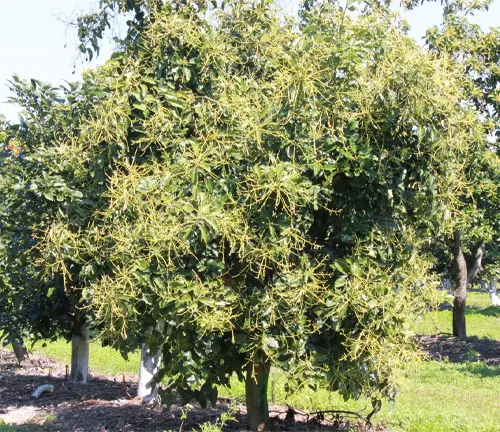

A prolific producer, the Pinkerton avocado tree bears fruit throughout the winter and early spring, extending the avocado season. Unlike most fruits, avocados ripen off the tree, allowing them to be stored on the tree for several months before harvesting. This unique trait ensures a longer supply of fresh avocados for homegrown enthusiasts.
Apart from its culinary appeal, the Pinkerton avocado tree is valued for its manageable size, making it well-suited for home gardens and smaller spaces. Its spreading growth pattern and adaptability to various climates, including coastal and inland regions, further enhance its appeal as a backyard avocado variety.
| Characteristic | Description |
|---|---|
| Size | 8-18 ounces |
| Shape | Elongated pear |
| Skin | Pebbly, Green, Darkens as it Ripens |
| Flesh Color | Smooth, creamy |
| Texture | Pebbled, medium-thick |
| Flavor | Rich and Buttery |
| Oil Content | Relatively Low |
| Culinary Uses | Versatile (salads, sandwiches, spreads) |
| Growing Season | Winter, early spring |
| Climate Tolerance | Coastal, inland |
In the Shade of Green: A Brief Overview of the Pinkerton Avocado
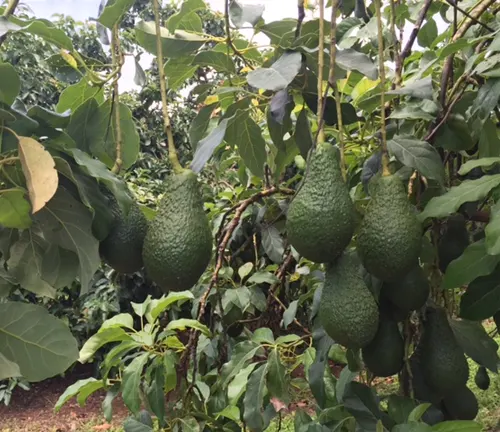
The Pinkerton avocado tree, a testament to human ingenuity in horticulture, is a hybrid cultivar that emerged in the 1970s. Its origins trace back to a serendipitous discovery in California, where a discarded avocado seedling, believed to be a cross between a Rincon and a Hass avocado, displayed exceptional qualities. This fortuitous event led to the propagation of the Pinkerton avocado, a variety that has since gained widespread recognition for its exceptional flavor and adaptability.
Physical Characteristics
Attributes and Characteristics
The Pinkerton avocado tree stands out for its unique combination of desirable attributes. Its size remains manageable, making it suitable for home gardens and smaller spaces. Its spreading growth pattern allows it to grace landscapes without overwhelming them. The tree’s adaptability to various climates, including coastal and inland regions, further enhances its versatility.
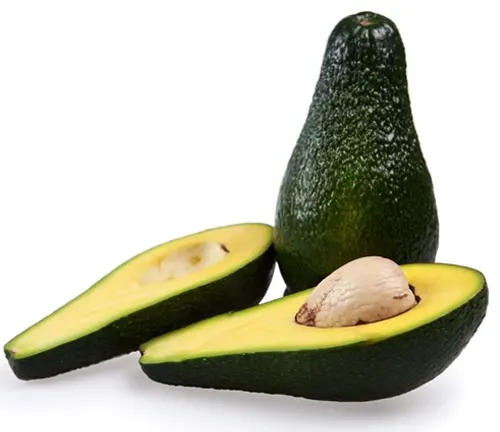
Natural Setting
The Pinkerton avocado tree thrives in warm, Mediterranean-type climates, similar to its native California origins. It prefers well-draining soil and ample sunlight to flourish. Coastal regions, with their mild temperatures and humidity, provide ideal conditions for the Pinkerton avocado to reach its full potential.
Environmental Preferences
Nourishing Roots: Understanding the Soil Dynamics of Pinkerton Avocado
Soil Type
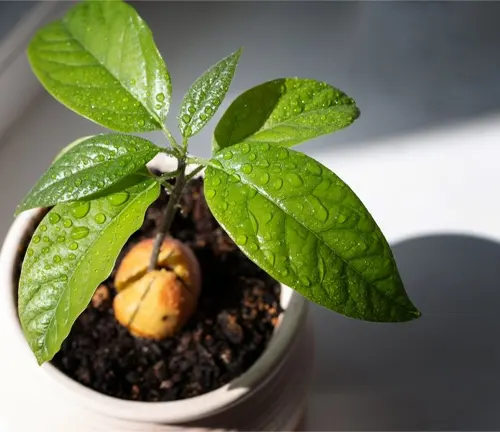
The Pinkerton avocado tree prefers well-draining soil with a slightly acidic to neutral pH. Sandy loam or loam soils provide the optimal structure for root development and nutrient uptake. Avoiding heavy clay soils, which can lead to waterlogging and root rot, is crucial for maintaining tree health.
Soil Preferences
The Pinkerton avocado tree thrives in fertile soil with a rich organic matter content. Amending the soil with compost or aged manure regularly enhances nutrient availability and improves soil structure, promoting vigorous growth and abundant fruit production.
Navigating Nature’s Map: Pinkerton Avocado’s Hardiness Zone and Sun Preference
Hardiness Zone
The Pinkerton avocado tree exhibits remarkable hardiness, tolerating temperatures as low as 20°F (-7°C). This adaptability allows it to flourish in a wide range of climates, extending its cultivation potential to regions with milder winters.

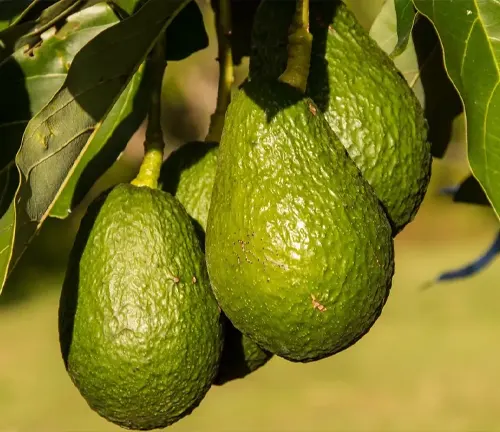
Sun Preference
The Pinkerton avocado tree basks in ample sunlight, requiring at least six to eight hours of direct sunlight daily. This exposure is essential for photosynthesis, enabling the tree to produce the energy needed for growth and fruit development.
Wildlife Interaction
Wildlife Harmony: The Intrinsic Wildlife Value of Pinkerton Avocado
The Pinkerton avocado tree’s large, fleshy fruits attract a diverse array of wildlife, including birds, squirrels, and raccoons. These creatures play a vital role in seed dispersal, contributing to the avocado tree’s natural propagation.

Navigating Challenges: Unveiling Common Pests & Diseases Affecting Pinkerton Avocado
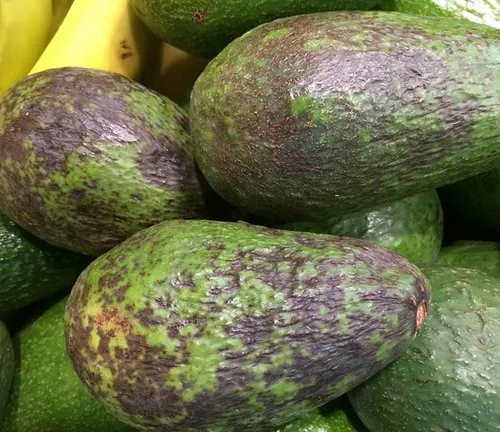
The Pinkerton avocado tree faces potential threats from various pests and diseases. Common pests include avocado thrips, aphids, and scale insects, while fungal diseases like Phytophthora root rot and anthracnose can pose challenges. Regular monitoring and timely treatment are essential for maintaining tree health.
Care and Maintenance
Cultivating Green Bliss: The Care Regimen for Pinkerton Avocado
Adequate watering and fertilization are essential for optimal growth and fruit production. Young trees require more frequent irrigation, while mature trees can withstand drier periods. Regular fertilization with a balanced avocado-specific fertilizer ensures nutrient replenishment.

A Healthy Canopy: Prioritizing the Health of Pinkerton Avocado
The Pinkerton avocado tree contributes to a healthy lifestyle, offering a wealth of nutrients. Its rich fiber content aids digestion, while its abundance of healthy fats promotes heart health. Additionally, its potassium content supports blood pressure regulation.
Safety Under the Canopy: Ensuring a Secure Environment for Pinkerton Avocado
The Pinkerton avocado tree poses no inherent safety hazards. However, caution should be exercised when handling the ripe fruit, as its smooth skin can make it slippery.

Wood Products
The Pinkerton avocado tree produces dense, hardwood that is suitable for various woodworking projects, including furniture making, carving, and tool handles. Its attractive grain and durability make it a valuable timber resource.
Uses and Benefits
Beneath the Canopy: Exploring Wood Products from Pinkerton Avocado
The Arboreal Artistry
Beyond its delectable fruits, the Pinkerton Avocado offers a hidden treasure in its wood. This section unravels the potential wood products that can be derived from the Pinkerton, showcasing the versatility of this botanical marvel in both utility and aesthetics.
A Culinary Odyssey: Pinkerton Avocado’s Edible Delights
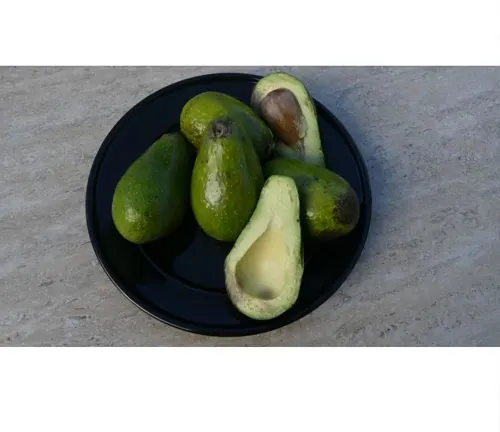
Edible or Not
The Pinkerton avocado is a highly prized edible fruit. Its creamy, rich flavor, enhanced by nutty undertones, makes it a versatile ingredient in cuisines worldwide. From guacamole and salads to smoothies and desserts, the Pinkerton avocado lends its culinary versatility to a variety of dishes.
Nature’s Bounty: Unveiling the Benefits of Pinkerton Avocado
Benefits
The Pinkerton avocado offers a multitude of health benefits, making it a valuable addition to a balanced diet. Its abundance of vitamins and minerals, including vitamin C, potassium, and folate, supports overall health and well-being.

Sowing Joy in Every Leaf: Enhancing the Quality of Life with Pinkerton Avocado
A Green Companion
The Pinkerton avocado’s exceptional flavor and versatility enrich culinary experiences, adding a touch of luxury to everyday meals. Its nutritional value contributes to overall health and well-being.
Environmental Impact
Green Guardianship: Pinkerton Avocado’s Contribution to the Environment
Eco-Friendly Elegance
The Pinkerton avocado tree plays a role in maintaining healthy ecosystems, providing food and shelter for wildlife. Its deep root system helps prevent erosion and contributes to soil stability.
Navigating Nuances: Understanding the Disadvantages of Pinkerton Avocado
Acknowledging Challenges
The Pinkerton avocado tree’s long ripening period, requiring two to three weeks after harvest, can be challenging for consumers. Additionally, its susceptibility to certain pests and diseases requires ongoing monitoring and management.
Frequently Asked Questions (FAQs)
- What is a Pinkerton Avocado?
The Pinkerton Avocado is a cultivar of avocado known for its distinctive pear-like shape, creamy texture, and rich, buttery flavor. - How does the Pinkerton Avocado differ from other avocado varieties?
The Pinkerton Avocado is characterized by its medium to large size, pebbly green skin that darkens as it ripens, and relatively low oil content. Its taste and texture make it a favorite among avocado enthusiasts. - What are the environmental preferences of the Pinkerton Avocado?
The Pinkerton Avocado adapts well to various climates, with preferences for well-draining soil, full sun exposure, and resilience across different hardiness zones. - Does the Pinkerton Avocado have any wildlife value?
Yes, the Pinkerton Avocado holds wildlife value, contributing to the ecosystem by providing habitats and food for various creatures. - What are common pests and diseases that affect the Pinkerton Avocado?
Common pests include aphids and mites, while diseases like root rot and anthracnose can impact the Pinkerton Avocado. Proper care and maintenance help mitigate these issues. - Can Pinkerton Avocado wood be used for products?
Yes, the wood of the Pinkerton Avocado can be utilized for various products, showcasing its versatility beyond its edible fruits. - Is the Pinkerton Avocado edible?
Absolutely. The Pinkerton Avocado is prized for its delicious and creamy flesh, making it a popular choice for culinary applications. - What benefits does the Pinkerton Avocado offer?
The Pinkerton Avocado is not only a tasty fruit but also offers nutritional benefits, including healthy fats, vitamins, and minerals. Its versatility in the kitchen enhances the overall culinary experience. - How does the Pinkerton Avocado contribute to the environment?
The Pinkerton Avocado contributes to the environment by producing oxygen, enriching the soil, and serving as a habitat for wildlife. - Are there any disadvantages to cultivating Pinkerton Avocado?
While it has numerous advantages, some potential disadvantages include susceptibility to certain pests and diseases, requiring careful attention to care and maintenance. - What is the longevity of a Pinkerton Avocado tree?
The Pinkerton Avocado tree has a considerable lifespan, showcasing resilience and endurance over time when provided with proper care. - Can you share some fun facts about Pinkerton Avocado?
Certainly! Fun facts include its role as a source of guacamole avocados, its association with the Gwen avocado, and its origins in Southern California.






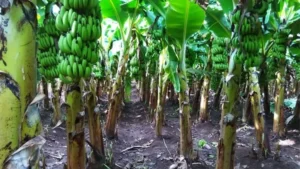

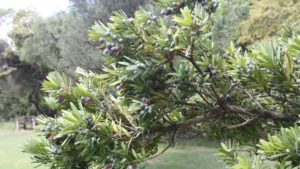




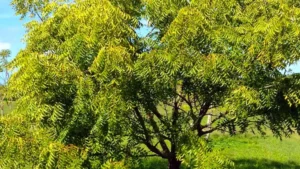
Leave your comment